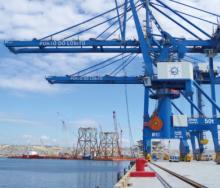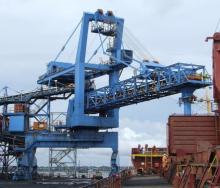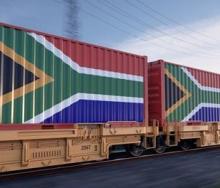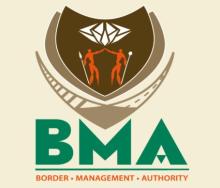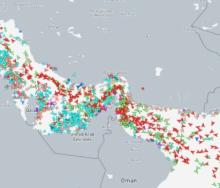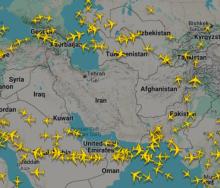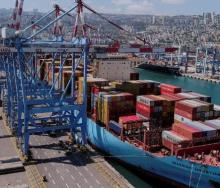Inadequate infrastructure red-flagged by a global report on competitiveness is just one part of South Africa’s logistical shortcomings, trade corridor expert Barbara Mommen has said.
Reacting to the annual findings by Switzerland’s Institute of Management Development (IMD), the consultant said infrastructure had always been a major stumbling block, especially at the Lebombo Border Post, where increased road freight volumes tended to cause severe bottlenecking.
Mommen, who runs trade and transport advisory Coalescence from White River, is not alone in saying that Lebombo was never designed for the kinds of volumes of vehicles it has seen in recent years.
Like many other private-sector stakeholders, she acknowledges the physical constraints of the border, situated as it is in a challenging and environmentally sensitive environment, which make developing border infrastructure very difficult.
But Mommen, who previously headed up the Maputo Corridor Logistics Initiative which coordinated and facilitated public private engagement and collaboration for improved efficiencies on the Maputo Corridor, said it was unfortunate that it took 20 years to persuade authorities to run Lebombo as a 24-hour border.
She added that this was an unfortunate indication of the lack of urgency given to critical issues in cross border trade.
PPP disconnects is but one of the issues highlighted by the IMD’s World Competitiveness Rankings (WCR) report.
“There is something of a structural problem which goes beyond just infrastructure development. Competitiveness and efficiency of systems is also dependent on governments being more agile in adapting to supporting cross border supply chain efficiency," she said.
Politics, political will and the enabling environment government that agencies are supposed to create is another metric used by the WCR.
“The protectionist approach by the ANC government has taken on cross-border trade, as opposed to the growing imperative for ensuring support is given to regional integration with our neighbouring countries, has really damaged logistics and supply chain efficiency,” Mommen stressed.
At the bilateral level, South Africa simply hadn’t connected with Mozambique in the manner required, she said, and it appeared to convey a distinct lack of interest in the critical role played by trade, particularly between South Africa and Mozambique, over issues pertaining to the border and trade issues.
She emphasised that South Africa is Mozambique's biggest trading partner in Africa and South African exports to Mozambique amounted to R9.25 billion in March 2025.
“The political context in South Africa has not necessarily shown the requisite support for cross-border trade and the absence of regular bilateral engagement which addresses trade on the busiest corridor in the Southern African region, has definitely impacted the efficiency of the corridor."
Mommen said increased involvement and accountability by the various agencies on either side of the border would go a long way towards improved cargo flows on the Corridor.
Unfortunately, the lack of timeframes in addressing nagging concerns, for example, supports the notion that there’s a lack of public-sector urgency to create the kind of enabling efficiencies that will ultimately create fiscal revenue through an increase in efficient cross-border trade.
It often seemed, she said, that there was a level of resentment, both within the public and private sectors in South Africa, at the volumes of trade being directed out of the Port of Maputo.
What people in the corridors of power did not realise, Mommen pointed out, was that the Port of Maputo often made more logistical, practical sense.
“Supply chains are agnostic in this sense and have the right to choose the most efficient and cost-effective routes. In the case of Maputo, there can be between two-to-three-day savings on sailing time to, say, India and the Far East. This adds significant cost and time competitiveness and amounts to considerable savings."


